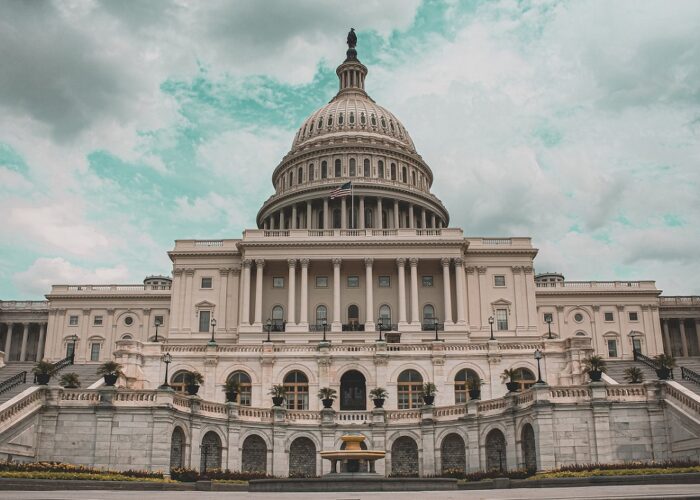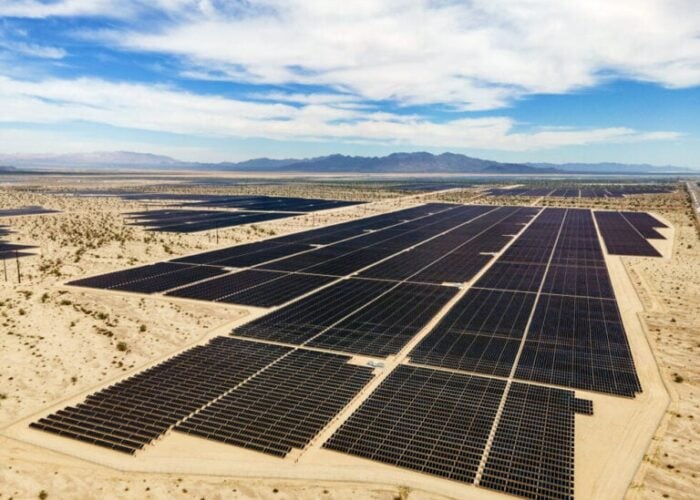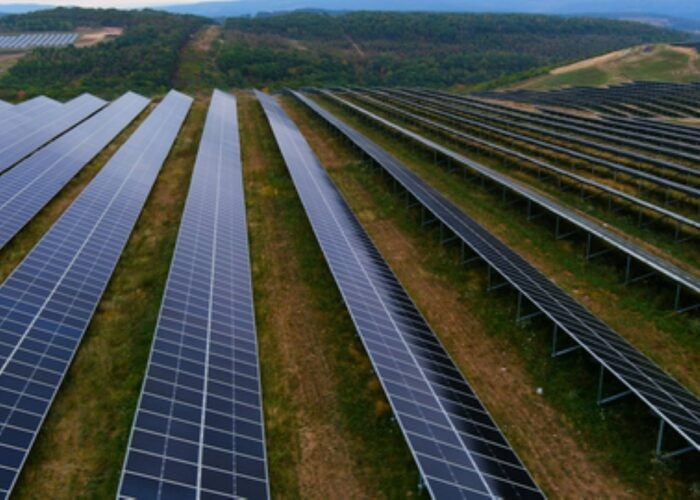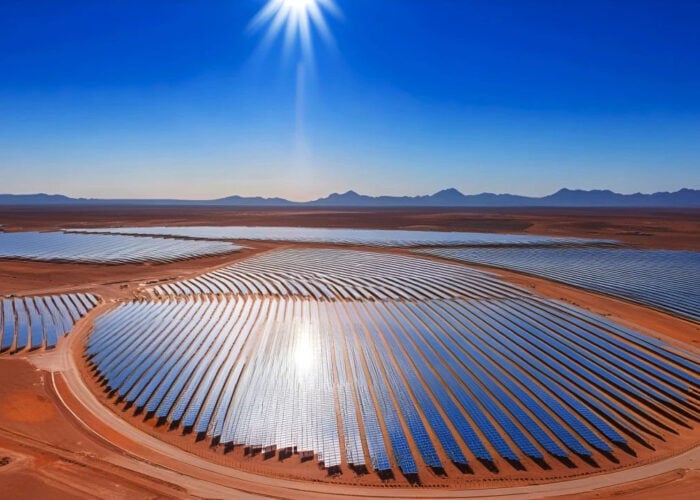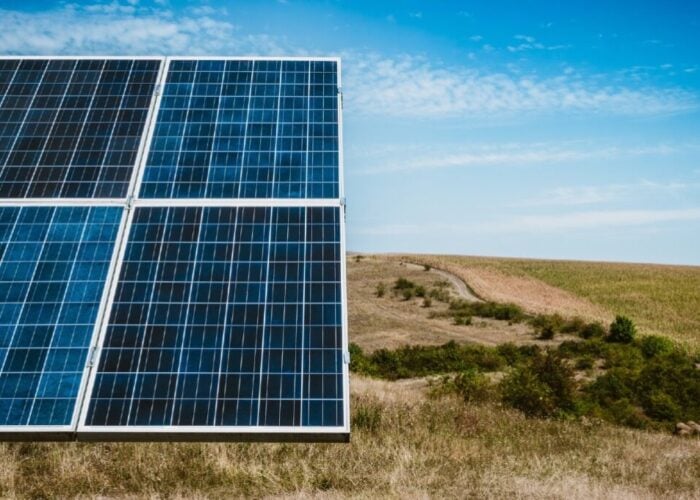Chinese PV module manufacturer ReneSola is to provide solar plant installer saferay with 29.1MW of its modules for use in construction of La Huayca II solar power plant, Chile.
The plant is due to be built without any subsidies from feed-in tariffs or power purchase agreement (PPA).
Try Premium for just $1
- Full premium access for the first month at only $1
- Converts to an annual rate after 30 days unless cancelled
- Cancel anytime during the trial period
Premium Benefits
- Expert industry analysis and interviews
- Digital access to PV Tech Power journal
- Exclusive event discounts
Or get the full Premium subscription right away
Or continue reading this article for free
The modules will be delivered in two instalments, with the first of 7.5MW due to be delivered this month, and the second of 21.5MW scheduled for delivery in January 2014.
Financial details of the deal have not been disclosed. Installation is expected to be performed by Selray Energias, a joint venture vehicle formed by Saferay and Chilean engineering firm Seltec. Selray was loaned US$49 million by the development finance institution International Finance Corp (IFC) at the end of June to advance construction of the project.
Saferay managing director Thomas Gnefkow said La Huayca II was the “first utility-scale PV plant worldwide with no PPA, government subsidies or FIT support”.
Instead, electricity produced at the plant will be sold on the spot market by Selray in the manner of a conventional electricity company. It will sit alongside the already-built La Huayca I plant, which is a 1.4MW plant completed in 2012.
The PV sector in Chile has recently grown, with several large scale projects already underway. The nation, and in particular the Atacama Desert region, enjoys some of the highest levels of solar irradiance on the planet. Despite the non-existence of subsidies directly applicable to the solar power industry, recent moves by the government such as the approval of US$1.1 billion in foreign investment in solar power, mostly from China and the approval yesterday of land concessions for the building of 17 solar farms by the Chilean Ministry of National Assets have led to continued interest in the sector. This enthusiasm has been tempered by what some see as the relative dearth of fully completed large-scale projects to date.

